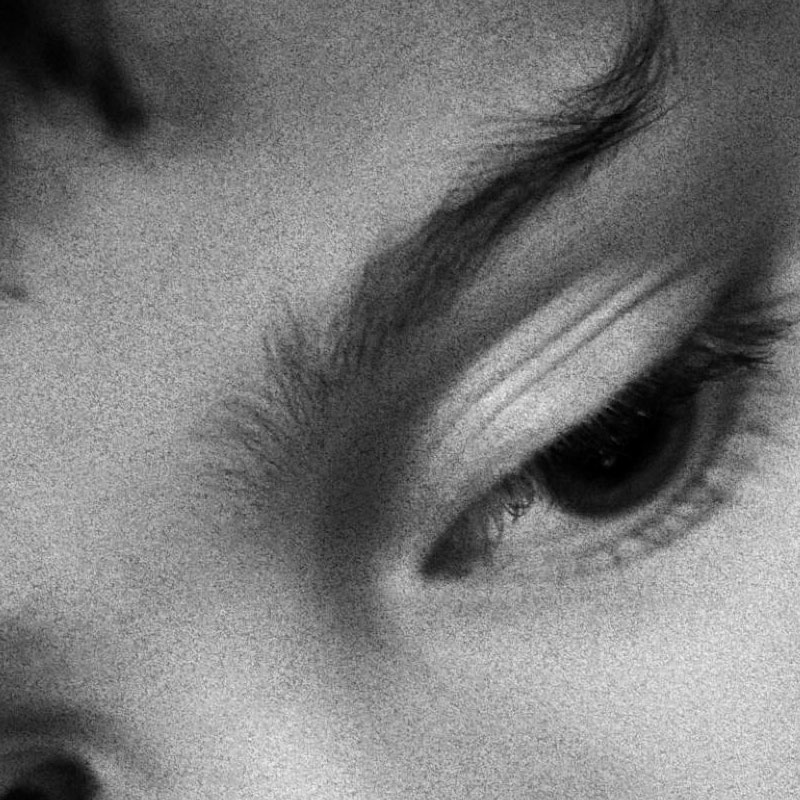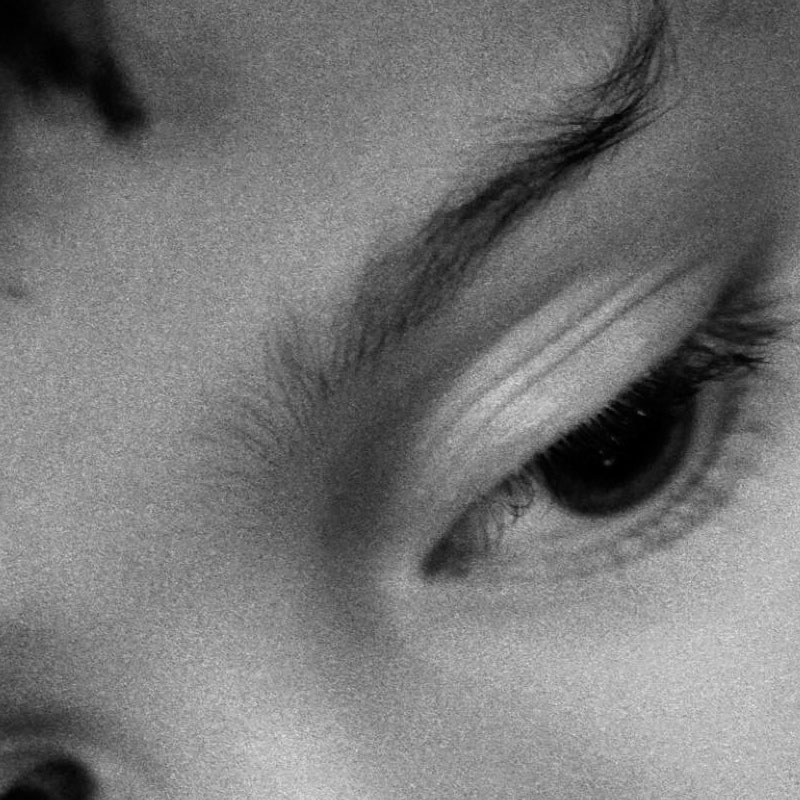i have been reading about photography how different things like focas and depth of feild and noise can effect a picture but what is noise cos after having googled it and tried to understand wikipeidias explanation i am none the clearer help drew
noise in a picture
- Thread starter drewdunnrespect
- Start date
-
Come along to the amazing Summer Moot (21st July - 2nd August), a festival of bushcrafting and camping in a beautiful woodland PLEASE CLICK HERE for more information.
You are using an out of date browser. It may not display this or other websites correctly.
You should upgrade or use an alternative browser.
You should upgrade or use an alternative browser.
Digital noise results in rogue colour pixels and loss of detail, especially in dark areas or large areas of one colour (e.g. blue skies). It usually happens with high ISO settings (400 and above). To avoid it, use a low ISO setting (50 or 100). Some noise is unavoidable, however.
Digital noise results in rogue colour pixels and loss of detail, especially in dark areas or large areas of one colour (e.g. blue skies). It usually happens with high ISO settings (400 and above). To avoid it, use a low ISO setting (50 or 100). Some noise is unavoidable, however.
What Kerne said.. There is an example below. The first pic has a high ISO setting (800) and you can clearly see the "noise". The second pic has a lower ISO setting (100) and a slower shutter speed resulting in much less noise..


Hope this makes it a bit clearer for ya mate
so what your saying is it is lack of focas in a picture then and relates directly to depth of feild yes, no
No it's not focus Drew it's the speed of the sensor, meaning how fast it pics up the light. The higher the ISO setting the faster the sensor captures light, but with speed you lose clarity. Sometimes with low light you have no option but to use a higher ISO to get the shot. As a rule of thumb, in daylight you should be able to get most shots with an ISO no higher than 200. at night with no flash and a wide apeture you may have to ramp the ISO up to about 400-800, but your pics will look "grainy". It's a bit mindblowing to explain in plain english but if you bring your camera to the moot I'll go through ISO Exposure, shutter speeds and depth of field with you
noise doesn't have to mean bad either, digital noise is very similar to 'grain' in film photography, and many images especially black and white portraiture can gain a lot of mood from the gritty, grainyness (not a word but I like it  )
)

If it helps any, the camera sensor is made up of lots of little excitable thingies. They get even more excited if light is present and fire off signals, so making little dots that make up the overall picture. Every so often, they go off even if there isn't any light and send false signals.
If you use a low ISO value, then the camera ignores most of the random excitement and only takes any notice if the thingies are really going nuts. If you use a high ISO value, then all the random signals get included as well, making the photo grainy where there are lots of extra dots on it.
Anyways, that's how I understand it. With film, you get a similar effect but related to how sensitive the film is to light. If it's very sensitive, then you get lots of grainy artefacts on the film. If it's not so sensitive, then there really has to be plenty of light present for it to register on the film, so the artefacts don't show.
Either way, you get the effect Dave has demonstrated above. There's not much you can do about it. There are lots of programs that attempt to remove noise with varying degrees of success. I've tried Neat image, which is free to use for the limited features noise reduction (it removes all the exif data from your photos) and is pretty impressive. However, any noise reduction tends to make your photo look a bit softer and less sharp.
If you use a low ISO value, then the camera ignores most of the random excitement and only takes any notice if the thingies are really going nuts. If you use a high ISO value, then all the random signals get included as well, making the photo grainy where there are lots of extra dots on it.
Anyways, that's how I understand it. With film, you get a similar effect but related to how sensitive the film is to light. If it's very sensitive, then you get lots of grainy artefacts on the film. If it's not so sensitive, then there really has to be plenty of light present for it to register on the film, so the artefacts don't show.
Either way, you get the effect Dave has demonstrated above. There's not much you can do about it. There are lots of programs that attempt to remove noise with varying degrees of success. I've tried Neat image, which is free to use for the limited features noise reduction (it removes all the exif data from your photos) and is pretty impressive. However, any noise reduction tends to make your photo look a bit softer and less sharp.
now that i do understand now these excitable thingys can the be stopped with the camara or is it always a case of touch up afterwards if it does happen cos it might not
these excitable thingys can the be stopped with the camara or is it always a case of touch up afterwards if it does happen cos it might not
Hi Drew,
as mentioned, you can use a low ISO value to stop the camera noticing when the excitable thingies are only firing randomly and there isn't really much light.
With a low ISO setting, the camera will only notice the excitable wotsits if they go really mad because light is actually present, so your picture will be much clearer. Have a look through your camera manual for ISO and see how to alter it
That said, Marttiini Girl has made a good point about the artistic value of graininess. Sometimes, using a high ISO (so more graininess) adds moodiness to a shot, or it can give it more of an aged look. Also, you sometimes need to use a high ISO so that you can use a shorter exposure time and moving objects won't blur.
As a rough guide:
High ISO = more grainy, but you can use a shorter exposure time, which is good if it's dark.
Low ISO = less grainy, but you have to use a longer exposure.
I generally use the lowest ISO possible given the light conditions. In good light, that is around 100 or 200 on my camera. I can get away with 400, but anything above that starts to look significantly grainy. It'll probably be different for your camera, best to experiment by taking photos with different ISO in the same light conditions and see the effect.
It's like it used to be with 35mm film (remember it?) if you want something that will allow fast shutter speeds in low light then you have to put up with the grain. The great thing about most digital cameras is you are not stuck with the film you have in the camera at the time and can alter the settings as you go.
Digital and film alike there is no substitute for a larger aperture, something you will only get with a digital SLR with interchangeable lenses. Otherwise use a tripod.
Digital and film alike there is no substitute for a larger aperture, something you will only get with a digital SLR with interchangeable lenses. Otherwise use a tripod.
Think of a pixel as a bucket for collecting electrons. The incoming light photons make electrons as they enter the bucket - one per photon. There is also a random generation of electrons in the bucket which the camera cannot distinguish from electrons made by photons.
When you take a photo, the sensor is exposed to the light for a fixed amount of time then the camera measures how many electrons are in each bucket.
The random generation of electrons (or noise) is a relatively fixed process and in a good sensor the number of electrons generated is small. So generally, in good light, there are many more light generated electrons than noise generated ones. So the noise as a proportion of the wanted measurement is small.
If you turn up the ISO, you are not actually doing anything to the sensor. What happens is that the measurement system now has its volume turned up. The noise generated electrons are the same, but in low light, there are fewer light generated electrons. So proportionately, there is more noise in the result.
Hope this explains it. If not, ask and I'll try some more.
It's actually quite fun, measuring electrons. I designed a CMOS image sensor a few years ago.
When you take a photo, the sensor is exposed to the light for a fixed amount of time then the camera measures how many electrons are in each bucket.
The random generation of electrons (or noise) is a relatively fixed process and in a good sensor the number of electrons generated is small. So generally, in good light, there are many more light generated electrons than noise generated ones. So the noise as a proportion of the wanted measurement is small.
If you turn up the ISO, you are not actually doing anything to the sensor. What happens is that the measurement system now has its volume turned up. The noise generated electrons are the same, but in low light, there are fewer light generated electrons. So proportionately, there is more noise in the result.
Hope this explains it. If not, ask and I'll try some more.
It's actually quite fun, measuring electrons. I designed a CMOS image sensor a few years ago.
Similar threads
- Replies
- 21
- Views
- 1K
- Replies
- 18
- Views
- 894
- Replies
- 9
- Views
- 4K
- Replies
- 6
- Views
- 763
- Replies
- 16
- Views
- 845

